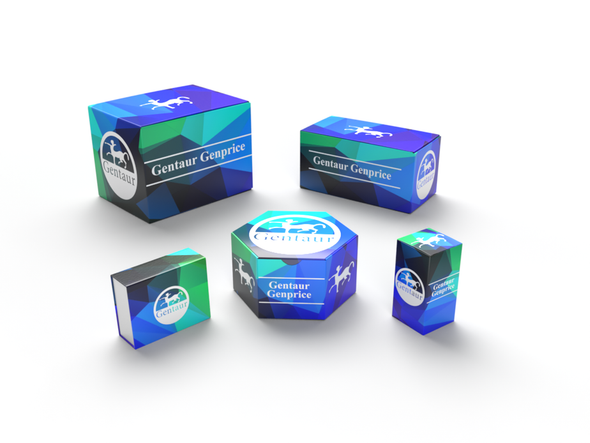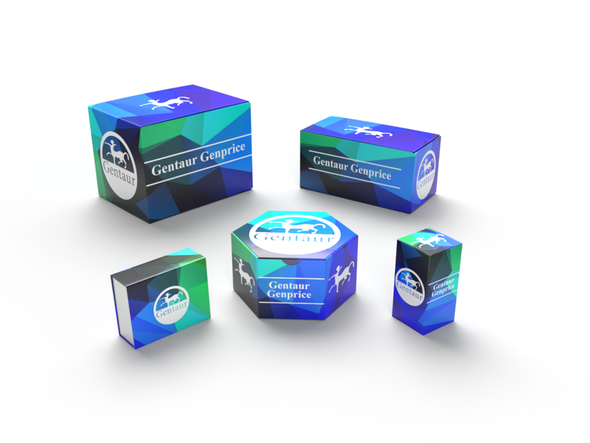740
Human Transmembrane and ubiquitin-like domain-containing protein 2 (TMUB2) ELISA Kit | AE14084HU
- SKU:
- 740-AE14084HU
- Availability:
- Usually ships in 5 working days
Description
Human Transmembrane and ubiquitin-like domain-containing protein 2 (TMUB2) ELISA Kit | AE14084HU | Gentaur UK, US & Europe Distribution
Species Reactivity: Human (Homo sapiens)
Abbreviation: TMUB2
Alternative Name: FP2653; MGC3123;
Application: ELISA
Range: Request Information
Sensitivity: Request Information
Intra-Assay: ≤4.3%
Inter-Assay: ≤7.2%
Recovery: 1
Sample Type: Serum, Plasma, Other biological fluids
Detection Method: Sandwich
Analysis Method : Quantitive
Test Principale: This assay employs a two-site sandwich ELISA to quantitate TMUB2 in samples. An antibody specific for TMUB2 has been pre-coated onto a microplate. Standards and samples are pipetted into the wells and anyTMUB2 present is bound by the immobilized antibody. After removing any unbound substances, a biotin-conjugated antibody specific for TMUB2 is added to the wells. After washing, Streptavidin conjugated Horseradish Peroxidase (HRP) is added to the wells. Following a wash to remove any unbound avidin-enzyme reagent, a substrate solution is added to the wells and color develops in proportion to the amount of TMUB2 bound in the initial step. The color development is stopped and the intensity of the color is measured.
Product Overview: TMUB2, Contains 1 ubiquitin-like domain. Ubiquitin is a small protein that exists in all eukaryotic cells. It performs its myriad functions through conjugation to a large range of target proteins. A variety of different modifications can occur. The ubiquitin protein itself consists of 76 amino acids and has a molecular mass of about 8.5 kDa. Key features include its C-terminal tail and the 7 Lys residues. It is highly conserved among eukaryotic species: Human and yeast ubiquitin share 96% sequence identity. Some ubiquitin-like (UBL) domain-containing proteins are known to play roles in receptor trafficking. Alpha-amino-3-hydroxy-5-methyl-4-isoxazolepropionic acid receptors (AMPARs) undergo constitutive cycling between the intracellular compartment and the cell surface in the central nervous system.
Stability: The stability of ELISA kit is determined by the loss rate of activity. The loss rate of this kit is less than 5% within the expiration date under appropriate storage condition. The loss rate was determined by accelerated thermal degradation test. Keep the kit at 37°C for 4 and 7 days, and compare O.D.values of the kit kept at 37°C with that of at recommended temperature. (referring from China Biological Products Standard, which was calculated by the Arrhenius equation. For ELISA kit, 4 days storage at 37°C can be considered as 6 months at 2 - 8°C, which means 7 days at 37°C equaling 12 months at 2 - 8°C) .






